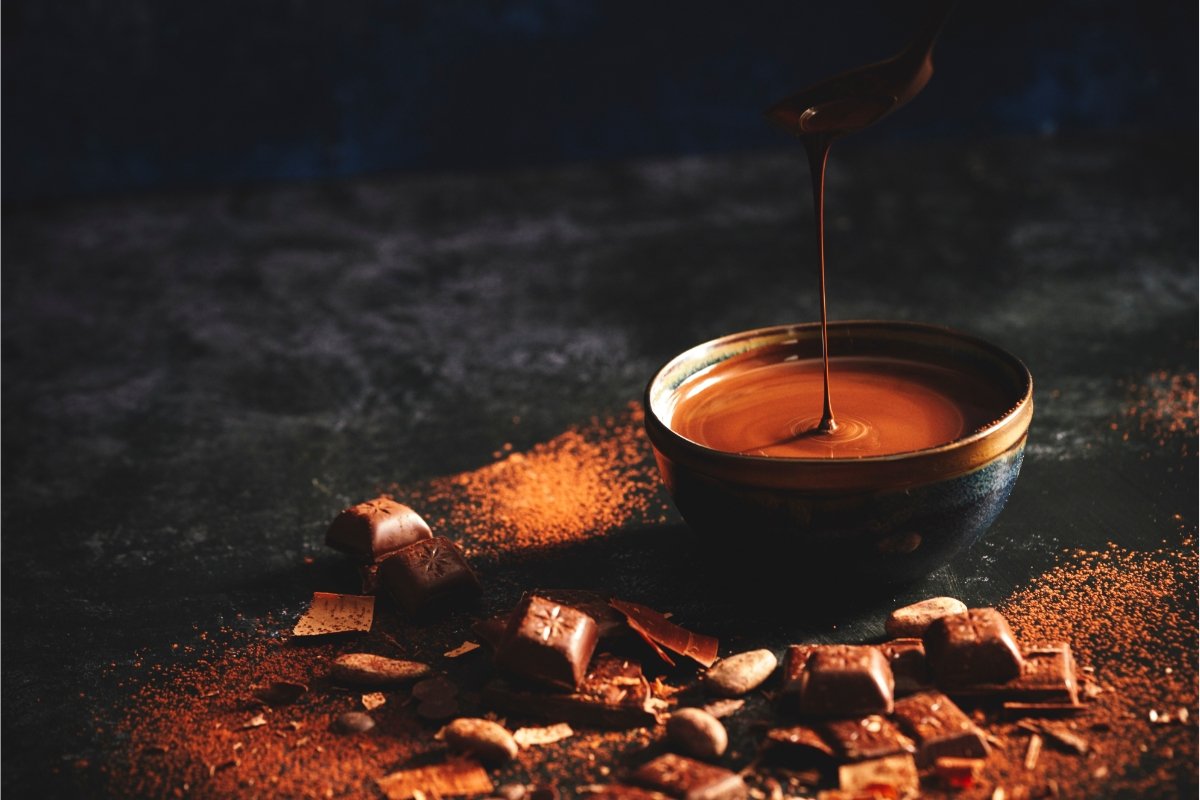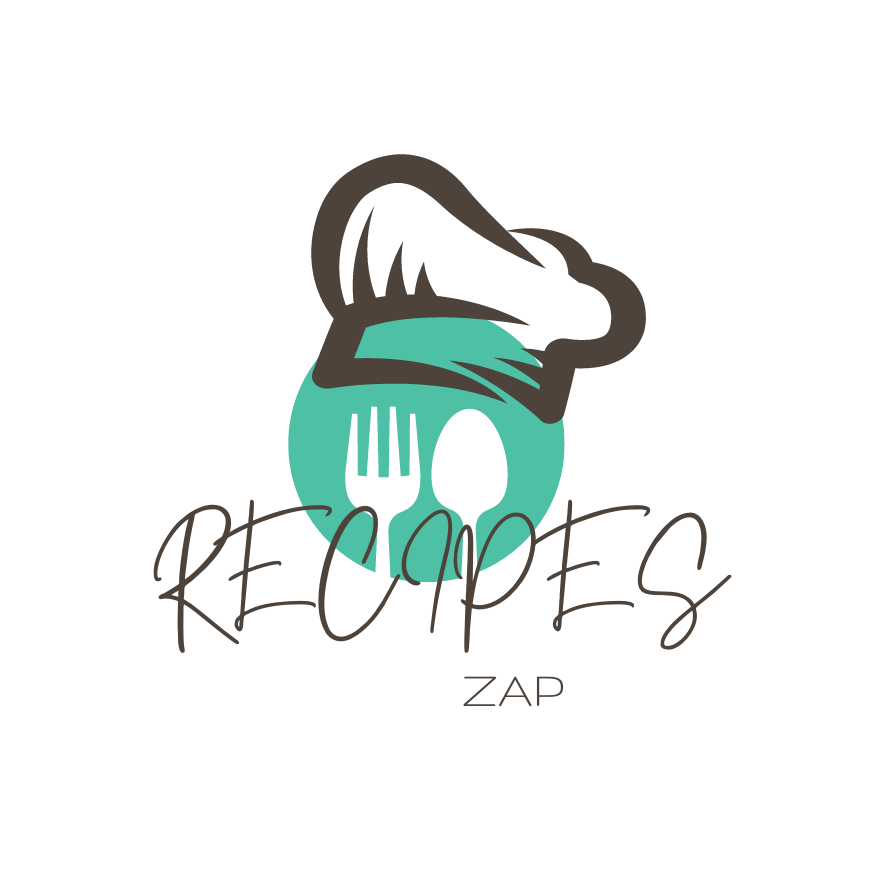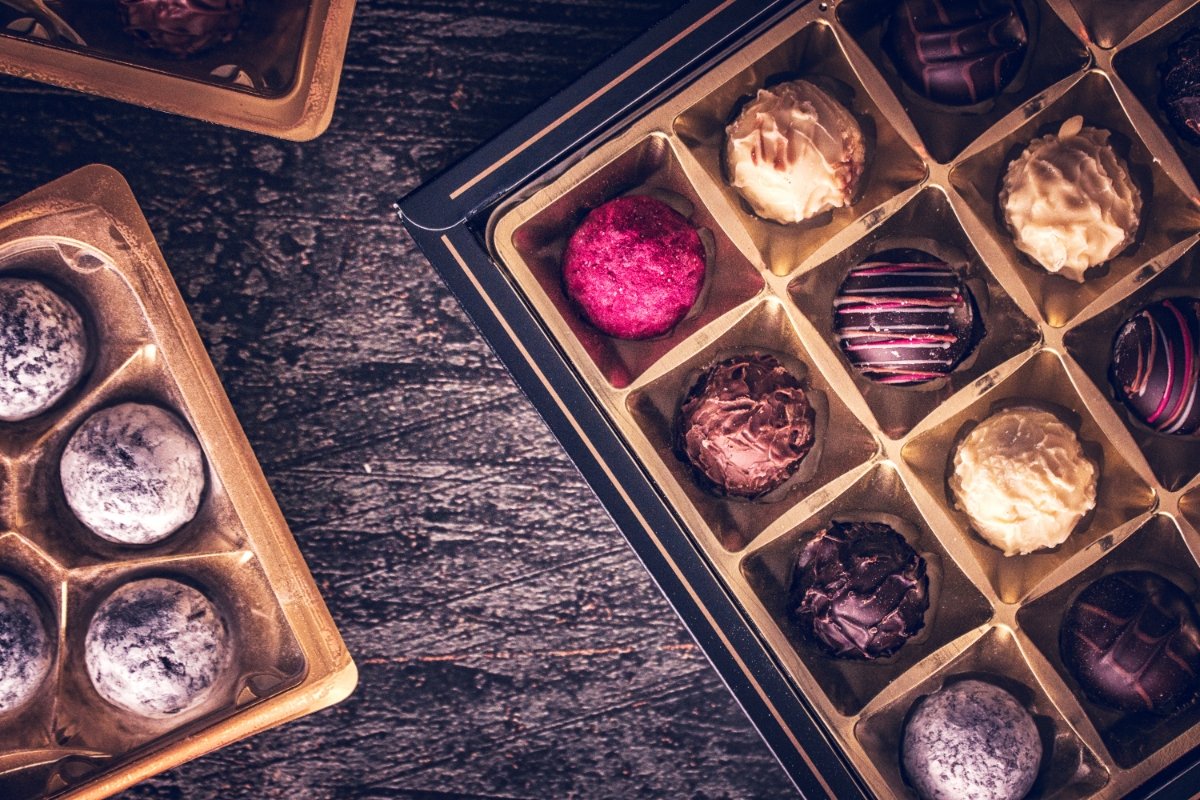Introduction to World’s Finest Chocolate
World’s Finest Chocolate is a renowned name in the confectionery industry, known for its high-quality chocolate products. Founded on a rich heritage of chocolate making, this company has carved out a niche for itself by producing some of the most delicious and premium chocolate offerings available on the market.
History and Heritage
The company was founded with the mission of creating superior chocolate products, using the finest ingredients and traditional chocolate-making techniques. Over the years, it has grown from a small, family-run business into a globally recognized brand, synonymous with quality and excellence in the world of chocolate.
The Art of Chocolate Making

World’s Finest Chocolate masters the art of transforming cocoa beans into luxurious chocolate, a craft refined over generations. This process, blending ancient and modern techniques, involves precise steps to meet the brand’s high standards for taste, texture, and quality. From bean selection to packaging, each stage enhances the chocolate’s distinctiveness, making World’s Finest Chocolate a leader in chocolate craftsmanship. The brand continuously innovates, evolving its tradition while honoring its rich heritage, securing its place in the global chocolate market.
1. Harvesting and Fermentation
The process begins on cocoa farms, where cocoa trees produce pods that contain cocoa beans. These pods are harvested by hand, typically twice a year. Once harvested, the pods are opened, and the beans, along with the pulp, are removed and placed in large containers to ferment for several days. Fermentation is crucial as it develops the beans’ flavors and reduces their bitterness.
2. Drying and Roasting
After fermentation, the beans are spread out to dry under the sun. Once dried, the beans are roasted, a step that further develops their flavor and aroma. The roasting temperature and time vary depending on the desired flavor profile of the chocolate.
3. Cracking and Winnowing
The roasted beans are then cracked to separate the nibs (the inner part of the bean) from the shell. Winnowing removes the shell, leaving behind the pure cocoa nibs, which are the essence of chocolate.
4. Grinding
The cocoa nibs are ground into a liquid known as chocolate liquor or cocoa mass. This process generates heat, which melts the cocoa butter in the nibs, turning the mass into a liquid. At this stage, depending on the type of chocolate being made, additional ingredients such as more cocoa butter, sugar, and milk powder may be added.
5. Conching
Conching is a lengthy process of continuously mixing and aerating the chocolate mixture. This crucial step develops the final flavor and texture by removing unwanted volatile acids and moisture. The duration of conching can vary from a few hours to several days, influencing the smoothness and quality of the chocolate.
6. Tempering
Tempering is the process of carefully heating and cooling the chocolate to stabilize the cocoa butter crystals. This ensures that the chocolate has a smooth, glossy finish and a firm snap when broken. Proper tempering is essential for producing high-quality chocolate that doesn’t melt easily in your hand.
7. Molding and Cooling
The tempered chocolate is poured into molds to create various shapes and sizes, from bars to intricate designs. The chocolate is then cooled to solidify.
8. Packaging
Once cooled and solidified, the chocolate is removed from the molds and packaged. Packaging not only protects the chocolate but also provides information about the product and its brand.
Signature Collections
World’s finest chocolate brands often feature signature collections that showcase their unique approach to chocolate making. From exclusive assortments designed for special occasions to seasonal specials that capture the essence of the holidays, these collections are a testament to the chocolatiers’ artistry and innovation.
Sourcing and Sustainability
Sourcing and sustainability are increasingly critical considerations in the global economy, particularly in industries like food production, textiles, and manufacturing, where the environmental and social impacts of sourcing practices are significant. These concepts are especially relevant in the context of chocolate making, where the sourcing of cocoa beans and other ingredients directly affects the sustainability of chocolate production. Let’s explore how sourcing and sustainability intersect, with a focus on the chocolate industry.
Sourcing in the Chocolate Industry
Sourcing refers to the process of obtaining goods and services from external suppliers. In the chocolate industry, this primarily involves acquiring high-quality cocoa beans, which are the foundation of all chocolate products. However, sourcing extends beyond just cocoa beans to include other ingredients like sugar, milk, and vanilla, as well as packaging materials.
The quality of the cocoa beans and the conditions under which they are grown and harvested have a profound impact on the flavor and quality of the final chocolate product. Therefore, chocolate companies, especially those committed to producing premium products like World’s Finest Chocolate, invest significant effort in sourcing the best cocoa beans.
Sustainability Concerns
Sustainability in sourcing involves ensuring that the goods and services are produced and obtained in ways that do not harm the environment, society, or economy. In the context of cocoa production, sustainability concerns include:
- Environmental Impact: Cocoa farming can lead to deforestation, loss of biodiversity, and soil degradation if not managed responsibly. Sustainable sourcing practices include promoting agroforestry, where cocoa is grown under the canopy of diverse trees, reducing the need for clear-cutting forests.
- Social Impact: The cocoa industry has been criticized for labor practices, including child labor and unfair wages for farmers. Sustainable sourcing emphasizes fair trade practices, ensuring that farmers receive a fair price for their cocoa beans, which helps improve living conditions and reduce exploitation.
- Economic Viability: For cocoa farming to be sustainable, it must also be economically viable for the farmers. This means providing them with the knowledge and resources to increase yield and quality, thereby ensuring a stable income.
Sustainable Sourcing Practices
Companies like World’s Finest Chocolate are increasingly adopting sustainable sourcing practices, such as:
Certification Programs: Engaging in Fair Trade, Rainforest Alliance, and UTZ to uphold environmental, social, and economic standards for farmers.
Direct Trade: Forming direct relationships with cocoa farmers or cooperatives for better transparency and ensuring more profits reach the producers.
Farmer Education: Funding education and training in sustainable farming to enhance yield, quality, and crop diversity, boosting resilience and reducing cocoa dependency.
Environmental Efforts: Supporting initiatives for environmental preservation, including reforestation, water conservation, and reducing the carbon footprint of production and supply chains.
Tasting Guide
Tasting chocolate, especially when indulging in the exquisite offerings from World’s Finest Chocolate, is an art that enhances the sensory experience and deepens one’s appreciation for this luxurious treat. World’s Finest Chocolate, known for its commitment to quality and craftsmanship, offers a range of premium chocolates that are a delight to explore through tasting. This guide will help you savor World’s Finest Chocolate to its fullest, highlighting the nuances and complexities that make each bite a memorable experience.
1: Look
Begin your tasting journey with World’s Finest Chocolate by visually examining the chocolate. World’s Finest Chocolate prides itself on the glossy finish and smooth texture of its products, indicators of high-quality tempering and craftsmanship. Notice the color, which can vary from light to dark brown depending on the type of chocolate. World’s Finest Chocolate ensures that each piece looks as enticing as it tastes.
2: Smell
Before tasting, bring the piece close to your nose and inhale deeply. Aroma is a critical component of flavor, and World’s Finest Chocolate offers a complex bouquet of scents. You might detect notes of cocoa, fruit, flowers, spices, or nuts, depending on the variety. World’s Finest Chocolate’s careful selection of cocoa beans and ingredients ensures a rich and inviting aroma that prepares your palate for the tasting experience.
3: Snap
Break a piece of World’s Finest Chocolate and listen for the characteristic “snap” – a sign of well-tempered chocolate. World’s Finest Chocolate is known for its precise tempering process, which results in a firm yet brittle texture that breaks cleanly. The sound of the snap reveals the quality and texture of the chocolate, setting the stage for the next step in the tasting process.
4: Taste
Place a small piece of World’s Finest Chocolate on your tongue and allow it to melt slowly. Resist the urge to chew; instead, let the warmth of your mouth release the flavors. World’s Finest Chocolate is crafted to deliver a symphony of taste sensations, evolving from the initial impact to the complex layers that follow. You might taste sweetness, bitterness, acidity, or fruitiness, accompanied by the rich, velvety texture of cocoa butter melting. World’s Finest Chocolate’s meticulous blending of ingredients ensures a balanced and harmonious flavor profile that is both rich and nuanced.
Behind the Scenes
The Selection of Ingredients
At World’s Finest Chocolate, the journey begins with the careful selection of ingredients. World’s Finest Chocolate sources the finest cocoa beans from around the world, choosing only those that meet their strict quality standards. These beans are the foundation of World’s Finest Chocolate’s rich, complex flavors. But the commitment to quality doesn’t stop at cocoa beans; every ingredient, from the purest cocoa butter to the freshest milk and the finest nuts and fruits, is chosen with the same meticulous attention to detail, ensuring that World’s Finest Chocolate products are in a class of their own.
The Art of Blending and Refining
Behind the scenes at World’s Finest Chocolate, the blending and refining process is where the magic begins. World’s Finest Chocolate’s master chocolatiers expertly blend the selected cocoa beans to create the brand’s signature chocolate recipes. This blend is then refined to achieve the perfect texture, a process that World’s Finest Chocolate has perfected over the years. The result is a smooth, velvety chocolate that melts exquisitely on the tongue, a hallmark of World’s Finest Chocolate’s commitment to excellence.
The Precision of Tempering
Tempering is a critical step in the chocolate-making process, and at World’s Finest Chocolate, it’s performed with utmost precision. This process involves carefully heating and cooling the chocolate to stabilize it, ensuring that World’s Finest Chocolate has that signature snap and glossy finish. The skillful tempering by World’s Finest Chocolate’s artisans guarantees that each chocolate not only looks impeccable but also has the perfect texture and mouthfeel.
The Craft of Molding and Packaging
At World’s Finest Chocolate, the molding and packaging process is executed with the same level of care and attention to detail that characterizes every step of their chocolate-making process. World’s Finest Chocolate uses custom molds to create their distinctive chocolate shapes, from elegant bars to intricate seasonal figures. The packaging process at World’s Finest Chocolate is designed to protect and preserve the chocolate’s flavor and quality, while also reflecting the brand’s luxury and elegance. Each piece is a gift, wrapped with care and ready to delight consumers.
The Commitment to Sustainability
Behind the scenes, World’s Finest Chocolate is deeply committed to sustainability and ethical sourcing. World’s Finest Chocolate works closely with cocoa farmers, investing in sustainable farming practices and ensuring fair trade and labor practices. This commitment ensures that World’s Finest Chocolate not only produces chocolate that tastes good but also does good, supporting communities and preserving the environment for future generations.
World’s Finest Chocolate in Global Culture
World’s Finest Chocolate has become more than a confectionery brand; it’s integrated into global culture. Known for its premium quality and taste, it symbolizes celebration, fosters social connections, and highlights chocolate’s universal charm. Let’s delve into its impactful role worldwide.
Symbol of Celebration and Luxury
World’s Finest Chocolate is often associated with celebrations and special occasions around the world. Whether it’s a box of World’s Finest Chocolate given as a gift during holidays, a token of love on Valentine’s Day, or a luxury treat to mark personal milestones, World’s Finest Chocolate elevates ordinary moments into memorable celebrations. Its reputation for quality and luxury makes World’s Finest Chocolate a preferred choice for those looking to express their finest sentiments.
Connector Across Cultures
Chocolate, particularly from World’s Finest Chocolate, acts as a universal expression of kindness and friendship, bridging cultural divides worldwide. Sharing World’s Finest Chocolate can initiate new friendships or deepen existing ones, highlighting chocolate’s ability to connect diverse cultures.
Influence on Culinary Trends
World’s Finest Chocolate plays a significant role in shaping culinary trends worldwide. Chefs and chocolatiers, inspired by the quality of World’s Finest Chocolate, often incorporate it into their creations, from gourmet desserts to innovative dishes that blend sweet and savory flavors. The versatility of World’s Finest Chocolate encourages culinary experimentation, influencing menus in restaurants and cafes across the globe.
Contribution to the Economy
The global popularity of World’s Finest Chocolate contributes significantly to the economy, supporting jobs in cocoa farming, manufacturing, and retail. World’s Finest Chocolate’s commitment to sustainable sourcing and ethical practices also promotes economic development in cocoa-producing regions, demonstrating how global brands can have a positive impact on local economies.
The Global Impact
The influence extends beyond the individual, touching on economic, environmental, and social aspects globally. For those interested in how other brands approach sustainability and quality, “Best Gluten-Free Chocolate Brands 2024” provides a look at the evolving landscape of chocolate production, emphasizing the importance of ethical and sustainable practices in the industry.
FAQs
What makes chocolate “fine” or “premium”?
Interestingly, chocolate is considered “fine” or “premium” based on several factors, including the quality of the cocoa beans used, the craftsmanship in the chocolate-making process, and the purity of ingredients. Fine chocolates often use cocoa beans from specific regions known for their superior flavor profiles. Moreover, the attention to detail during processing, such as precise fermentation, drying, and roasting, also plays a crucial role. Additionally, premium chocolates typically contain a higher percentage of cocoa solids and use pure cocoa butter without adding fillers or artificial flavors.
How can I tell if a chocolate is of high quality?
To determine high-quality chocolate, one should look for a smooth, glossy finish without blemishes, which indicates good tempering. Furthermore, the chocolate should break with a clean snap, revealing a fine texture without any graininess. High-quality chocolate will have a complex aroma and flavor profile, with a balance of sweetness, bitterness, and possibly fruity or floral notes, depending on the origin of the cocoa beans. Lastly, the taste should linger pleasantly after the chocolate has melted in your mouth.
Is dark chocolate healthier than milk chocolate?
Dark chocolate is often seen as healthier than milk chocolate because of its higher cocoa and lower sugar content. It’s rich in antioxidants like flavonoids, offering benefits such as better heart health, lower blood pressure, and less inflammation. The key is choosing dark chocolate with at least 70% cocoa solids for maximum health advantages.
Can fine chocolate be part of a balanced diet?
Yes, fine chocolate can be part of a balanced diet when consumed in moderation. Despite its calorie content, chocolate, especially dark chocolate, contains beneficial compounds that can contribute to a healthy diet. It’s important to consider the portion size and frequency of consumption, as well as the overall nutritional balance of your diet, to enjoy chocolate’s benefits without overindulging.
How should I store fine chocolate to preserve its quality?
Store fine chocolate in a cool, dry spot away from sunlight and odors, which it can absorb. Keep it at 60-70°F (15-21°C) and under 50% humidity to avoid bloom, a whitish coating from sugar or fat surfacing. Use original packaging or wrap it in foil or plastic inside an airtight container. Only refrigerate if needed to prevent condensation that can alter texture and flavor.
What are some popular brands ?
Some popular brands known for producing the world’s finest chocolate include:
– Valrhona: Renowned for its complex and refined flavor profiles, often used by professional chefs.
– Godiva: Offers a wide range of luxury chocolate products, known for their rich taste and elegant packaging.
– Lindt & Sprüngli: Famous for its smooth, melt-in-your-mouth texture and high-quality ingredients.
– Ghirardelli: One of the oldest chocolate companies in the U.S., known for its intense chocolate flavors.
– Teuscher: A Swiss chocolatier celebrated for its champagne truffles and high-quality ingredients.
– Amedei: An Italian chocolate brand known for its single-origin bars and commitment to quality.
These brands, among others, have established a reputation for excellence in the chocolate industry, offering a variety of fine chocolates that cater to different tastes and preferences.
For more detailed insights, you might find these links useful:
- Frequently asked questions – FCIA Fine Chocolate Glossary
- About Fine Chocolate – Fine Chocolate Industry Association
- Everything You Don’t Know About Chocolate – The New York Times
Conclusion
World’s finest chocolate is not just a delight for the taste buds; it’s an exploration of chocolate’s essence as a symbol of luxury and pleasure. For both experts and newcomers to premium chocolate, there’s always something thrilling to uncover.

